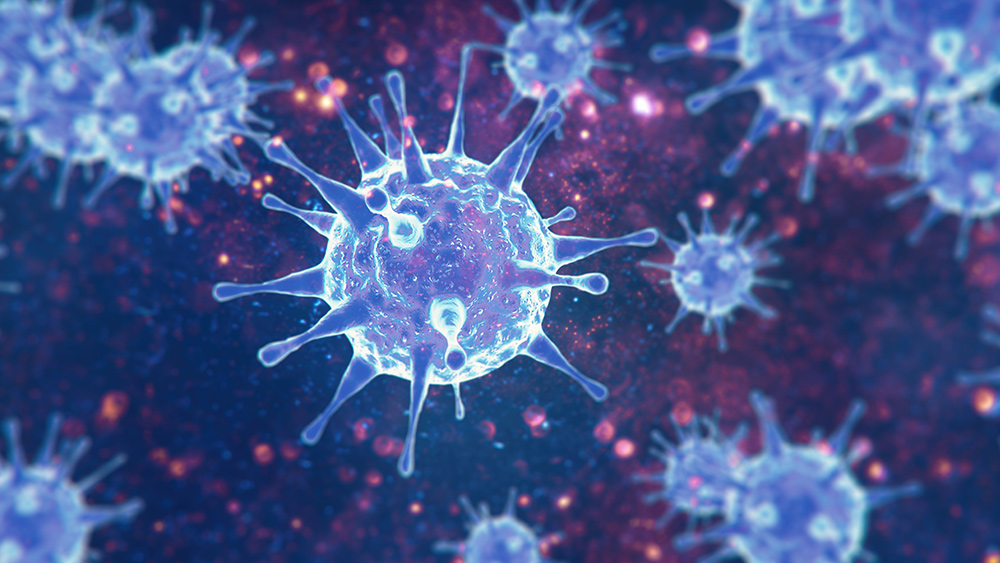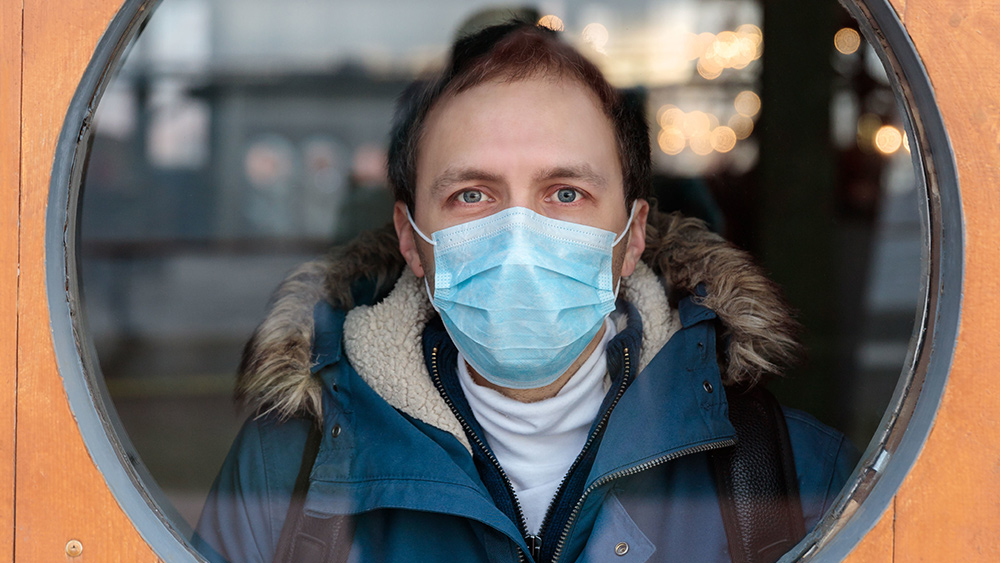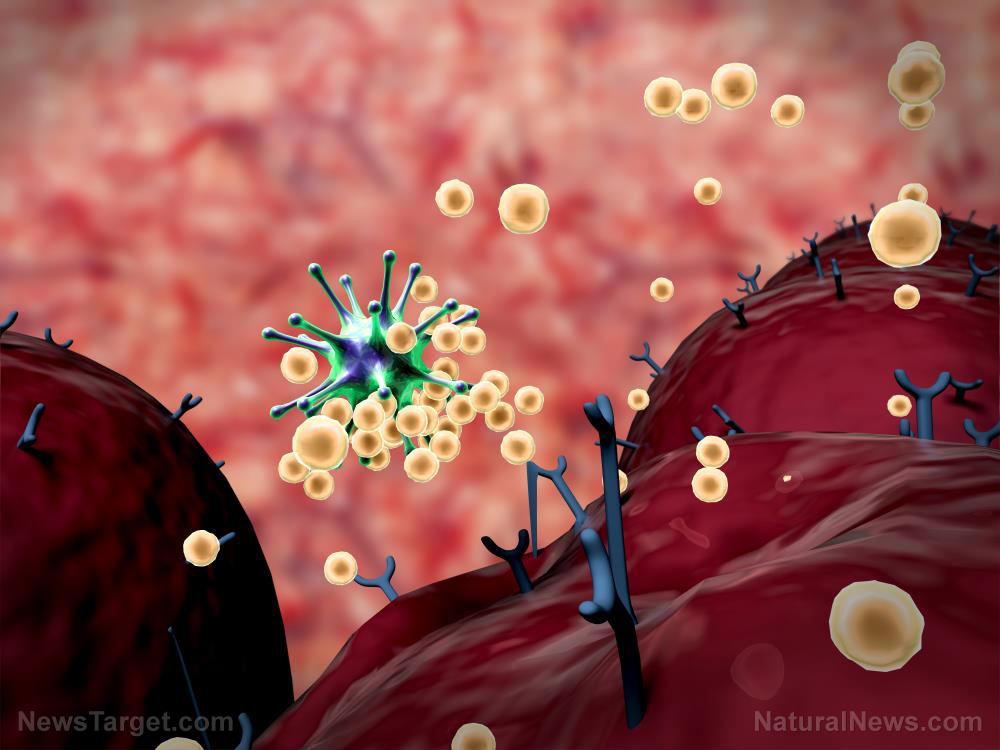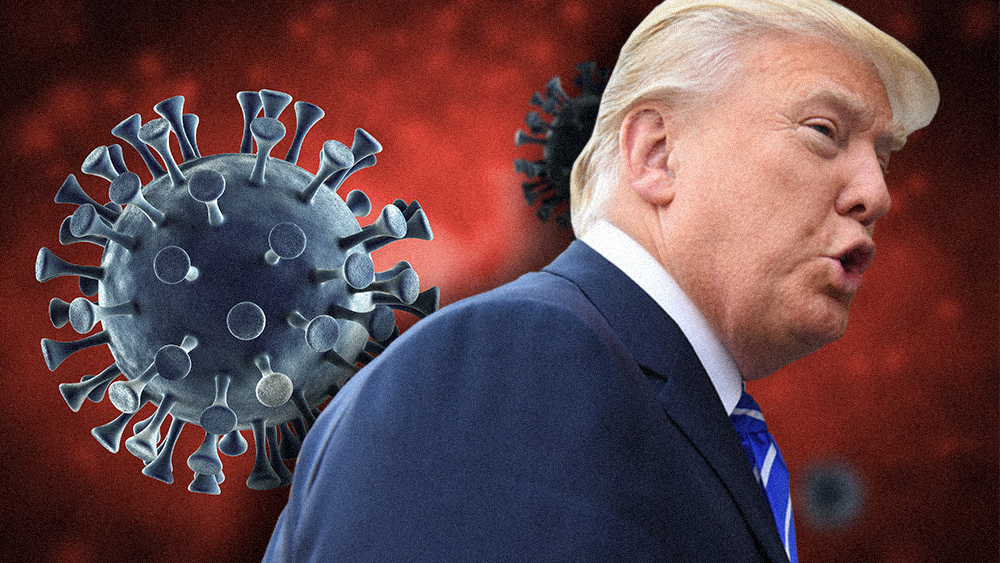New outbreak in China indicates coronavirus may be mutating
06/01/2020 / By Isabelle Z.

There could be a new roadblock in the quest to find a treatment for coronavirus as Chinese doctors are reporting the disease looks different in the new cluster of cases in the country’s northeast region compared to what was seen in the original Wuhan outbreak.
Top Chinese critical care doctors report that the patients in the new cluster are carrying the virus for a longer time and are also taking more time to test negative.
Complicating matters even further is the fact that the new patients are taking more than the one to two weeks that it typically took the Wuhan patients to develop their symptoms after infection. As you can imagine, this is making it far more difficult for authorities to catch coronavirus cases before they spread.
This is creating “clusters of family infections” that are contributing to a resurgence that has prompted renewed lockdown measures for 100 million people in China. Train services and schools have once again come to a halt, and residential compounds are being sealed off.
The doctors also say that the patients they are treating in the current cluster have damage mostly within their lungs. Wuhan patients, in contrast, tended to have damage to several organs, such as the heart, kidneys and gut. It’s believed the new cluster is related to infected people coming in from Russia; genetic sequencing matched the northeast cases with those from Russia.
Some scientists say that the doctors could be getting a different picture of the disease because the healthcare system is less overloaded now and they have time to focus on some of the less serious cases, unlike before when only the most serious patients were treated. However, the findings do remind us that there’s still some uncertainty surrounding this virus that could well make it more difficult to control its spread as economies reopen. China, for example, has one of the most thorough detection and testing procedures and is still having trouble containing the new cluster.
Mutations may or may not be significant
Doctors say that not all mutations will lead to significant changes, but it is possible that the virus’s structure or behavior could change in some way. Every virus mutates as part of its life cycle, and not all changes will be a big deal – but when they are, the consequences could be huge. For example, it could become more contagious or deadlier, and as an RNA virus like the flu, coronavirus is more prone to mutations when compared to DNA viruses like HPV and herpes.
Unfortunately, significant changes will only make the disease even more difficult to detect and treat. Scientists will then have to determine if reinfections following recovery are possible and which strains, if any, offer protection against other types. It could also affect the treatments that are already in development.
China isn’t the only place experiencing a resurgence. South Korea will reimpose some of its previously relaxed coronavirus restrictions starting Friday following a spike in new cases. Museums, parks and other places will be closed for at least two weeks in the capital city, Seoul, after registering the largest spike in new infections in almost two months. Businesses are also being encouraged to reintroduce flexible working hours.
Half of the 51 million people in South Korea live in Seoul’s metropolitan area and will fall under the lockdown. People there are being told to avoid social gatherings and crowded places, and the government has asked places of worship to be extra vigilant about quarantine measures.
What’s going on in places like China and South Korea reminds us that as people get back to their normal lives, there are going to be resurgences that we can’t necessarily trace, and because the disease can lurk in people who don’t show any signs of sickness, it could never really go away completely.
Sources for this article include:
Tagged Under: biological weapons, bioweapons, China, coronavirus, covid-19, lockdown, mutations, new outbreak, outbreak, pandemic, South Korea

















